Habitat | Group show curated by Frederic Montornés
We sometimes wonder about the fate of works sold in a gallery to a buyer who is not an institution, but a collector who does not intend to keep them in storage and instead wishes to have them installed at home. It is then that we notice that, once rescued from circulation in the commercial sphere, there are works that perhaps meet other works, sharing the same space. To live under the same roof. Although not forever perhaps. Or maybe forever.
Without having been conceived specifically for that purpose, there are works that, transformed into interrupted objects, become part of the catalogue of allegories that habitually populate the collector’s manual. Or of the instructions used to fabricate a reality based on an order he invents, and the meaning that emerges out of the members’ activity. That is: the place he builds to live in is also home to artworks included for mutual benefits, an interminable and loyal reflection of a way of understanding things that is as precise as it is coherent.
They say that the term “habitat” refers to a place that boasts the appropriate conditions for an organism, a species, or an animal or plant community, to live. It is therefore a space where a biological population may reside and reproduce under conditions that are comfortable enough to guarantee their perpetuity. To focus on the subject at hand, let us begin at the definition it would have if we were we to add a human adjective, we would then say that a habitat, according to human ecology and city planning, refers to a series of material and institutional elements that determine the life of a group of people in a particular area. According to architects, the human habitat refers to an environment whose characteristics are organised and conditioned for living, as well for the possibilities it offers its inhabitants.
Conceived like an experiment capable of suggesting an idea of a house that isn’t one, which reminds us of a homely space due to the fact that the selected works resonate as furniture, plants, decorative objects, or lamps, this exhibition sets out to bring us closer to the idea of coupling that hovers over the place that we build around an essence -ourselves- which remains intact, preserved, guaranteed. That is to say, as if it were a habitat.
Or based on a hypothetical collector’s habitat.
No matter how far a habitat may be built according to the needs of its inhabitants, it never ceases to evolve. So it is hardly surprising that, as a living organism subject to the laws of nature, it might incorporate unexpected elements to its essence. In its search for the comfort that will guarantee its survival, the evolution of a habitat requires assimilation, enriching itself through pairing or whatever means necessary for its specific members to hear the echo of their voice in the words of the others. So it is like an endless chain of sorts, where one ends and another begins, and where this other one ends, the one beyond it begins.
That is what our habitat is like. That is, a place whose parts are related, creating a sort of amalgam made up of different parts. Or an excuse like any other to group together in an exhibition a series of articulated, composed, installed, encompassing, paired, joined, artworks. That is, works created according to their parts and selected as a group to suggest the possible network of relations that guarantee the survival of a habitat.
Or the secret logic behind a possible collection.
Regardless of the fact that itineraries through these works may be extremely varied depending on where, how, and who is looking at them, the one we propose through the selected works by Martí Anson, Alberto Peral, Alberto Baraya and the MAIO architectural office aims to recreate a set scene in order to turn it into a precise, intelligible, described, observable micro event, one that is above all subject to being reviewed and read -that is, not only seen- on the basis of the order that we have made up. Of the order that we have wanted to give it and that, in the manner of a capricious mechanism, might lead us to this an idea of a house that isn’t one; to the place where the works live in relation to those who buy them.
Or simply to none of the above because, beyond our intentions, this is about highlighting the fact that the works have as many lives as the gazes that scrutinise them.
Frederic Montornés (Sitges, Spain, 1963), critic and curator based in Barcelona, has curated various projects for the Miró Foundation, La Capella, or the Centro de Arte Santa Mónica in Barcelona. He has also collaborated with PhotoEspaña and La Caixa Foundation.
Martí Anson (Mataró, Spain, 1967), recently exhibited his work at the Palais de Tokio (Paris), CPH Kunsthal (Copenhagen), and SITE Santa Fe (New Mexico).
Alberto Baraya (Bogota, Colombia, 1968), has participated in the Venice and Sao Paulo biennials, and has shown his work at CA2M (Madrid), Jumex Foundation (Mexico), and the Bronx Museum (NewYork).
Alberto Peral (Santurce, Spain, 1966) has shown his work at the Miró Foundation (Barcelona), the MNCARS (Madrid), and Artium museum (Vitoria).
MAIO architectural office was founded in 2005 and is currently directed by Maria Charneco, Alfredo Lérida, Guillermo López, and Anna Puigjaner, architects based in Barcelona who combine their professional activities with academic, research, and publishing activities.
This project is part of the festival a3bandas.

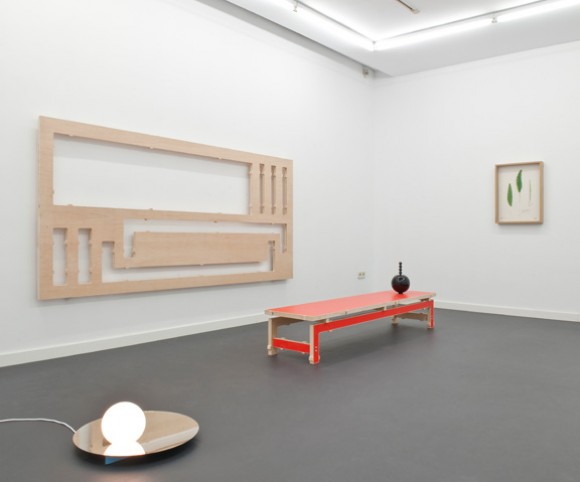
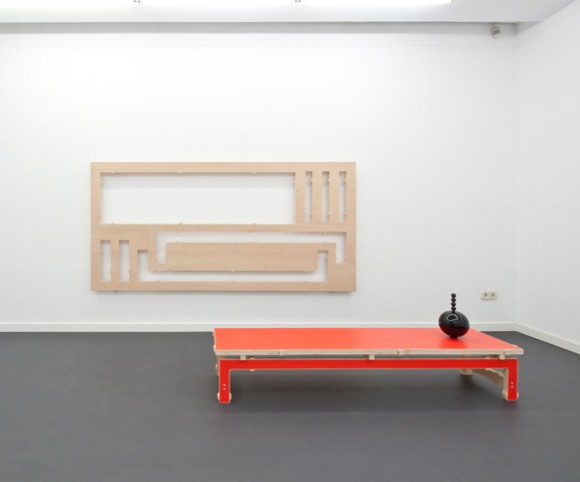
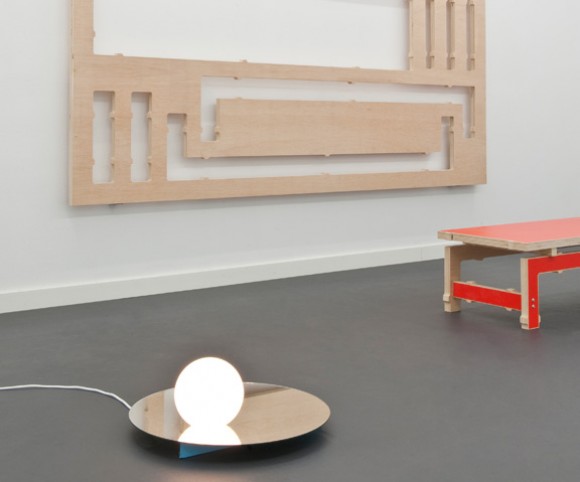
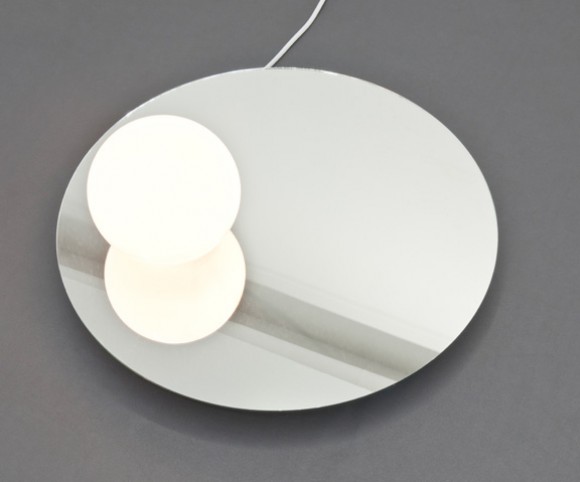
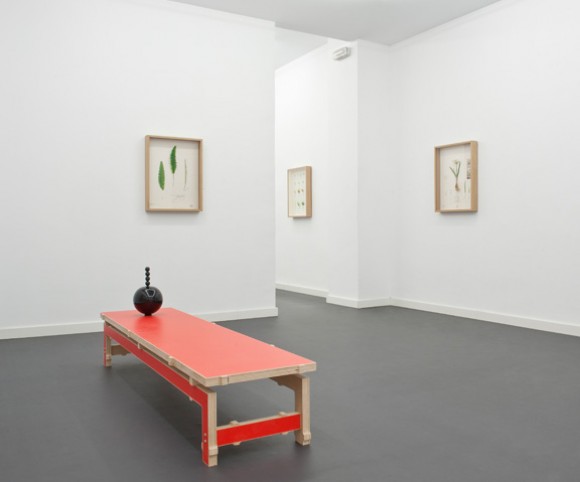
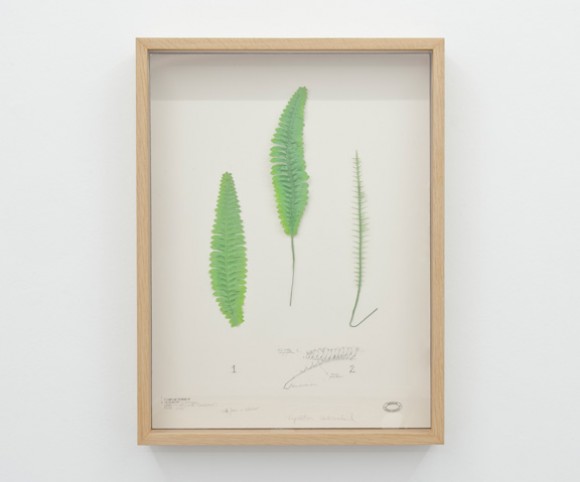
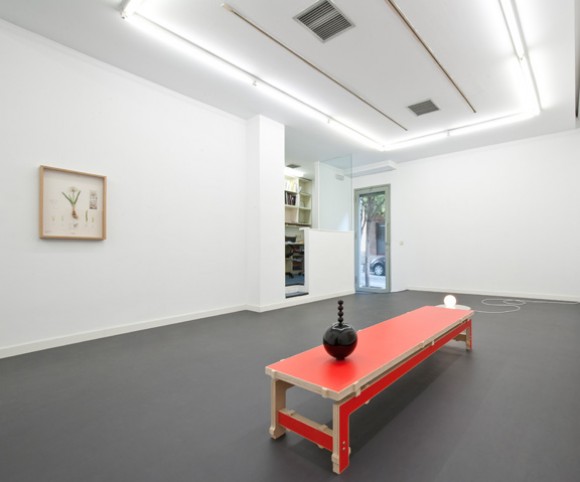

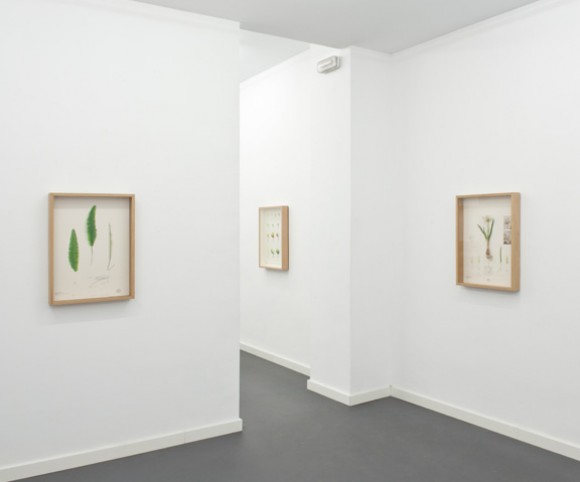
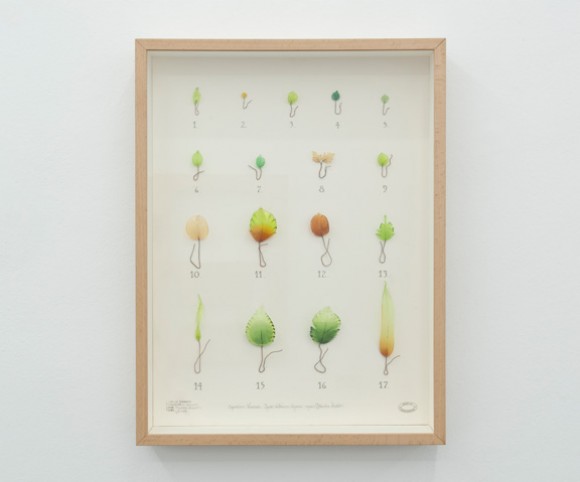
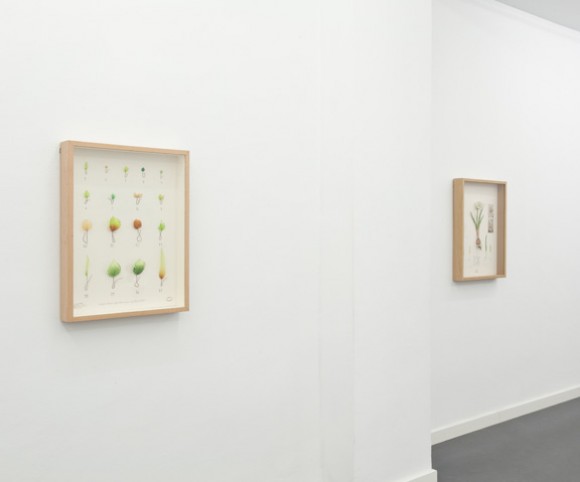
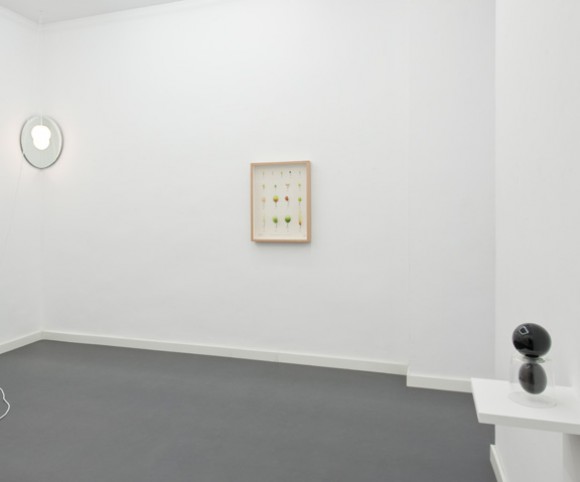
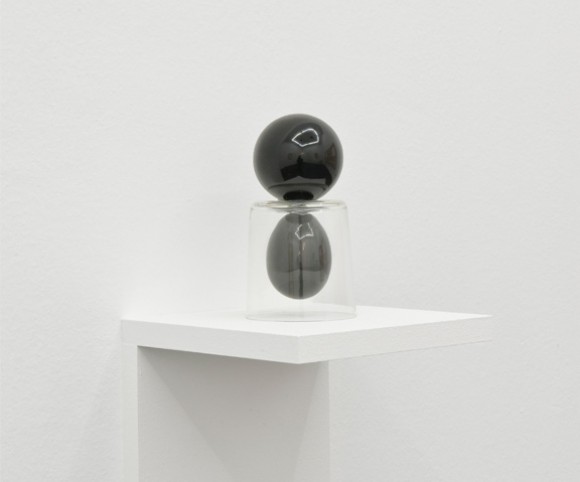
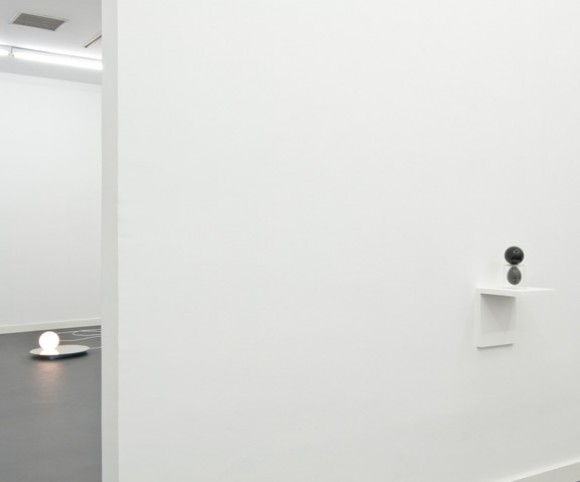
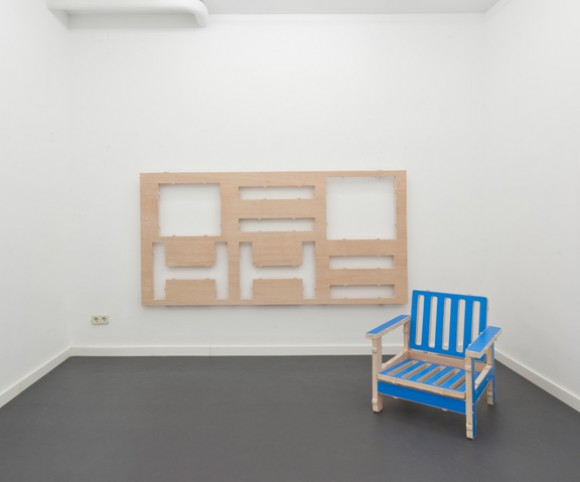
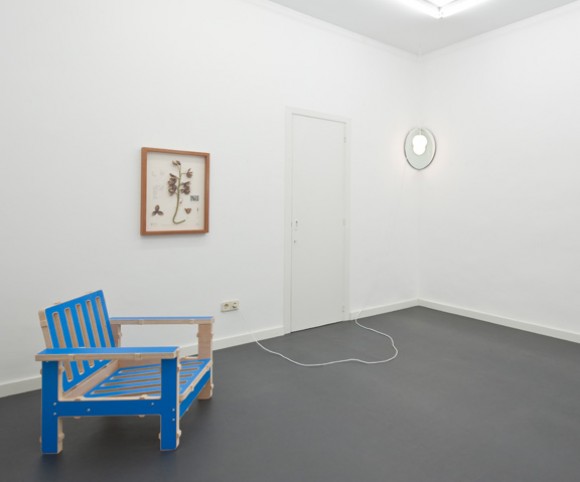
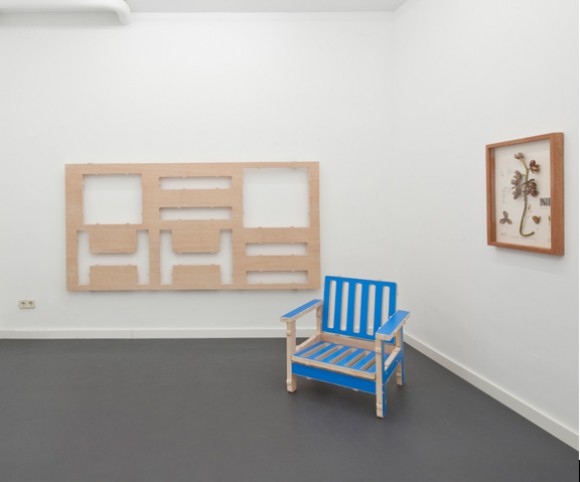
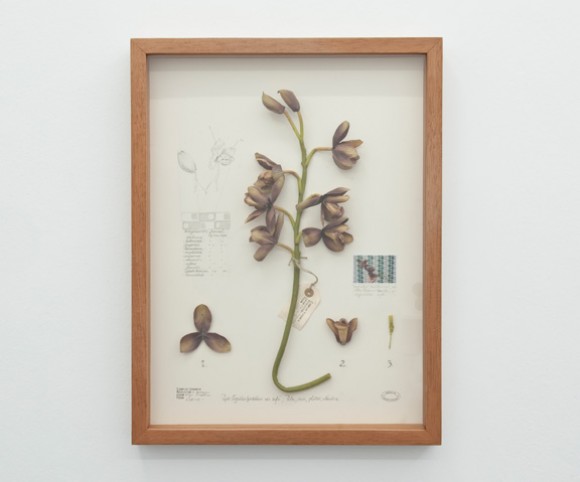
 sending...
sending...